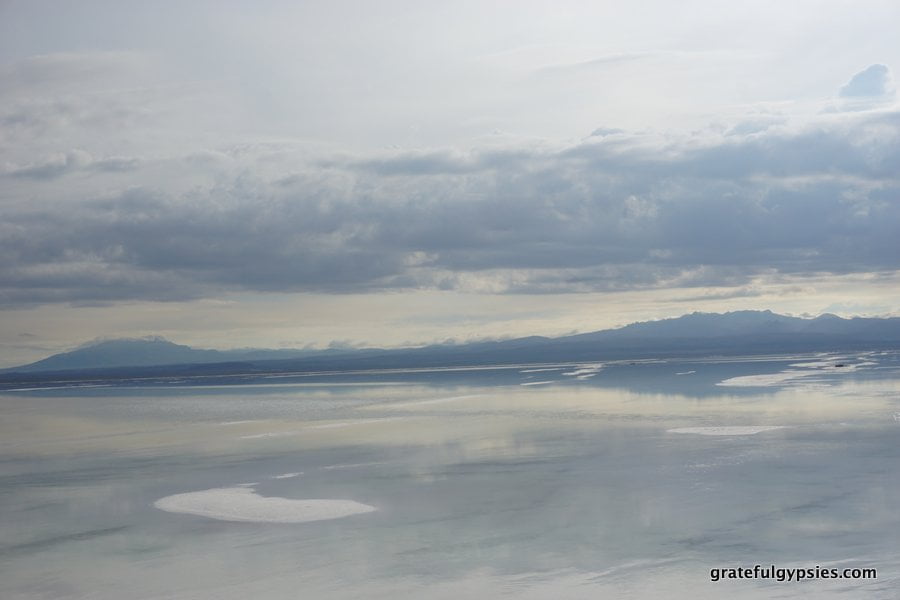Amarillo, azul y rojo: The Meaning Behind Three South American Flags
Have you ever wondered why the banderas (flags) of Colombia, Ecuador, and Venezuela are so alike? In this blog I’ll dust off the history books to tell you why.
Back in the 18th century, Colombia, Ecuador, and Venezuela (as well as certain parts of today’s Peru, Guyana, and Brazil) were unificados into one huge nation during the reformas borbónicas, aimed at benefiting the Spanish Crown’s economy and making the South American colonies easier to govern. The new territory was then known as the Viceroyalty of New Granada.
New Granada was supposed to have a positive impact on Spain and its colonies, but it ended up causing frustration among criollos. And, to make long history short (and not to annoy you with details), after much warfare and bloodshed, the New World countries became Estados independientes.
After the independence of the South American countries under Spanish rule, one of the main leaders of the movimientos emancipadores, Simon Bolívar, reunified the territory comprising present day Colombia, Ecuador, Venezuela, and part of southern Central America under the name “Colombia” whose capital was the city of Bogotá.
Today, that territory is known as “La Gran Colombia” to distinguish it from the Republic of Colombia. La Gran Colombia was the most prestigious nation in South America, widely admired by other countries. Its flag had the three primary colors that you can see in the current Colombian, Ecuadorian, and Venezuelan flags.
Nevertheless, due to political differences between those who opposed Bolívar’s centralist ambitions and supporters of centralismo, la Gran Colombia was dissolved after a few years.
Now you know that these countries’ flags are the result of their history, that is, a common heritage of years past. But, what about the meaning of those colors? In a nutshell, amarillo (yellow) stands for the countries’ countless recursos naturales; azul (blue) for the sea that separates them from Spain; and rojo (red) for the blood of their many guerreros de la libertad who later became revered national heroes.
A final question remains: Is there a sure-fire way to recognize each of those flags? The answer is yes, and this is how:
The three bands of Venezuela’s flag have the same width and eight stars in the middle of the blue band forming an arch. The yellow band of the Colombian and Ecuadorian flags is wider than the other bands. Ecuador’s features their national coat of arms at the center and the blue band is of a lighter shade of that color, while the Colombian flag hasn’t anything else on it.
What is the history behind your national flag? Could it be mistaken with another similar flag? Share it with us on the comments below.
Words to learn
Amarillo: yellow
Azul: blue
Bandera: flag
Centralismo: centralism
Criollos: South American-born descendants of Spanish settlers
Estados independientes: independent states
Guerreros de la libertad: freedom fighters
Movimientos emancipadores: emancipation movements
Recursos naturales: natural resources
Reformas Borbónicas: Bourbon Reforms
Rojo: red
Unificados: unified
Posteado en Spanish Articles (Facebook)






